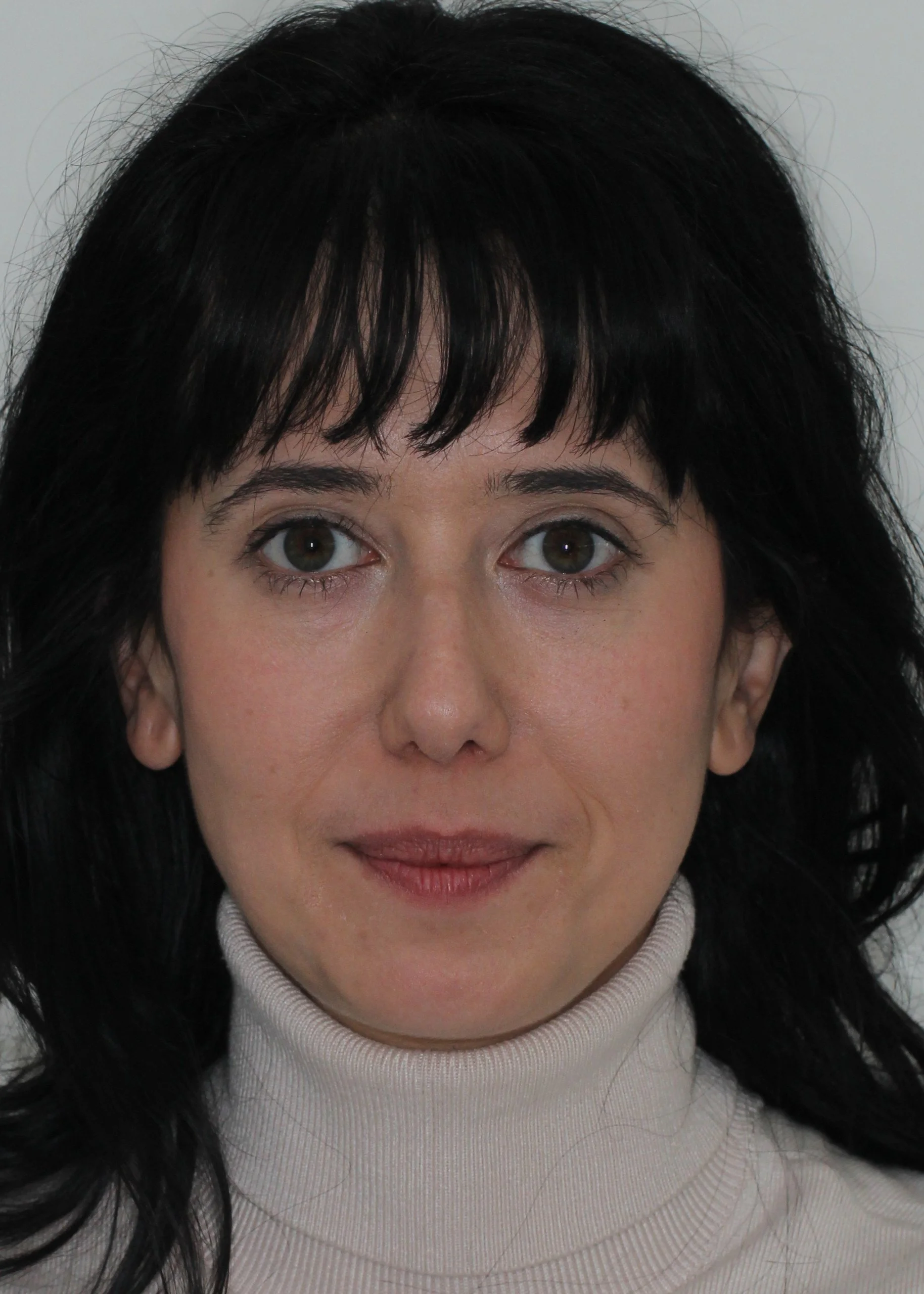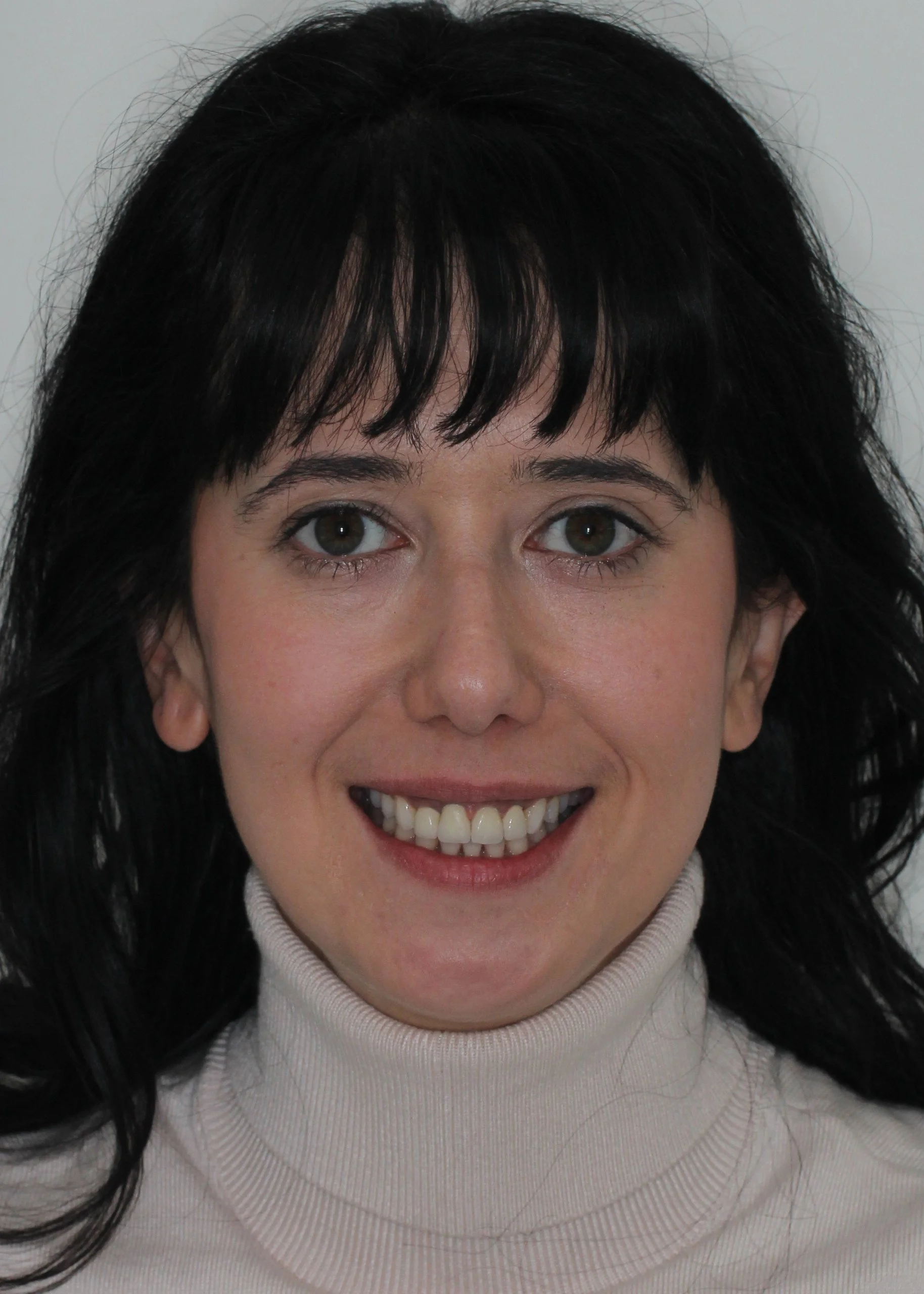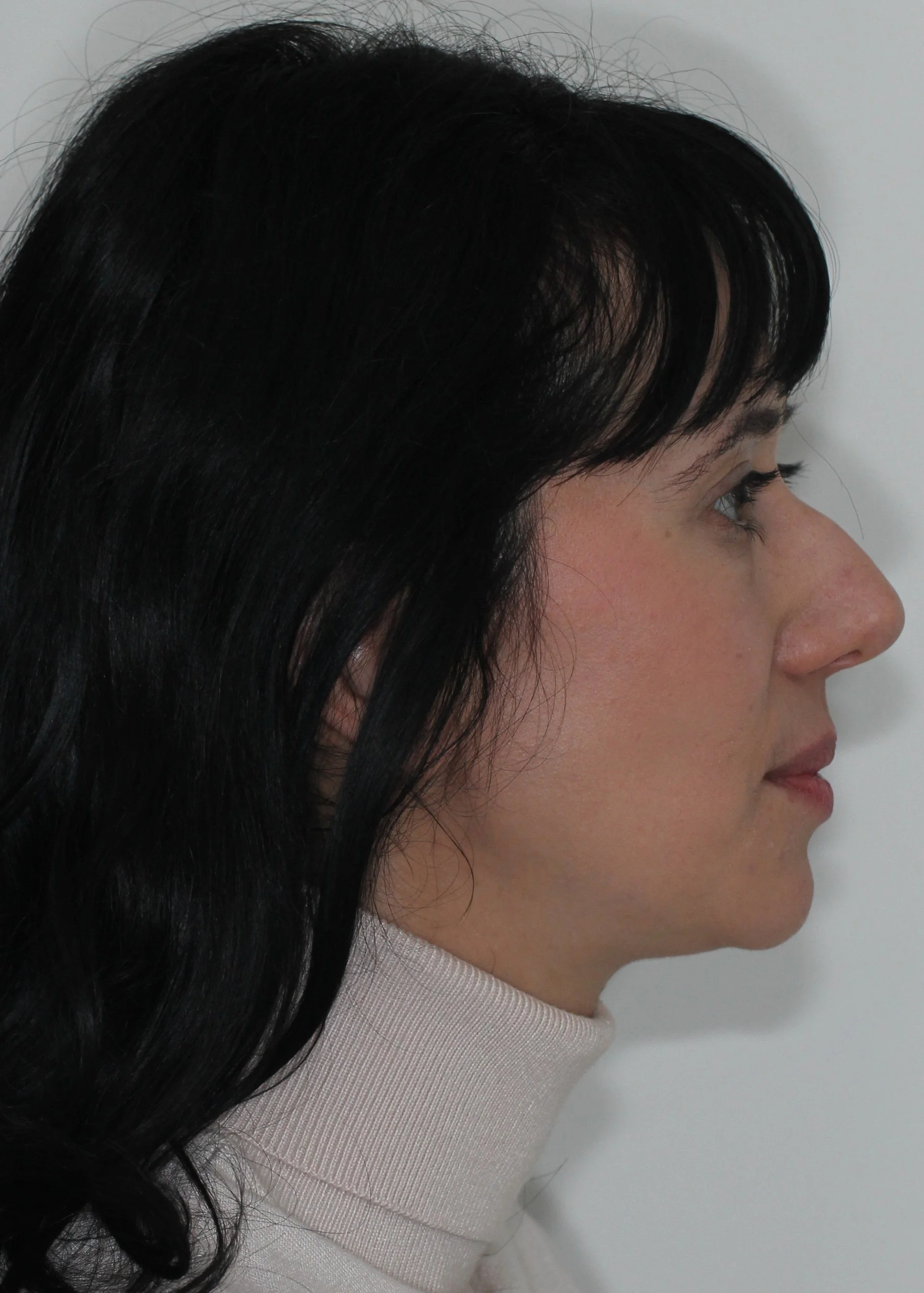
Orthodontics Adult Fixed
Orthodontics Child/Teenager Fixed*
* Up to 18 year of age.
Orthodontic Fixed cases
This category includes Fixed Orthodontic treatments for children, teenagers (upto 18 years old) and adults.
Requirements
The jury anonymously evaluates the submissions in the category according to the following criteria:
Diagnosis and treatment plan
Orthodontic technique
Duration of the treatment
Occlusion
Photodocumentation
General treatment execution
Judging criteria
Case description
Submissions must include a short description of the clinical case in English, not longer than 6,000 symbols.
Descriptions must outline:
Diagnosis
Treatment plan
Materials that were used according to the treatment protocol
Short summary of the clinical case.
General photo documentation guidelines
Removed saliva, plaque, food, crown-cement residue.
Use make-up when photographing the patient’s face.
The camera is centered at an appropriate angle.
Use a backdrop when necessary.
Retractors, mirrors and other elements must not be in the field of view.
Images must have good contrast, brightness and white balance.
Photos must be symmetric and cropped properly.
Objects in photos must be scaled appropriately.
Exclude any personal information, names and initials patient’s and dental professional’s).










